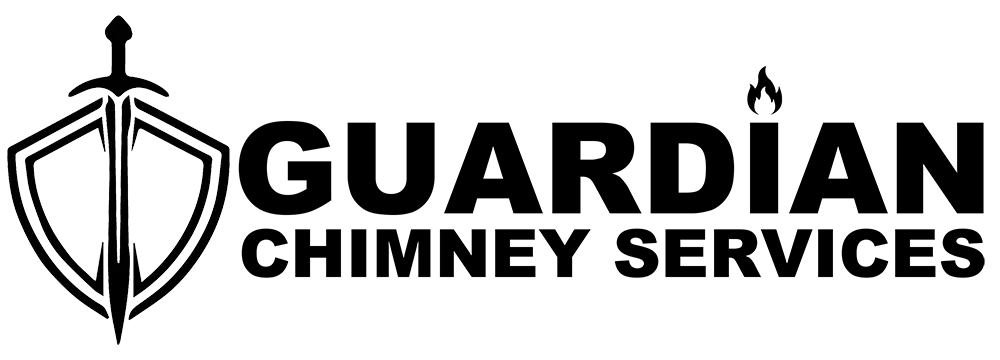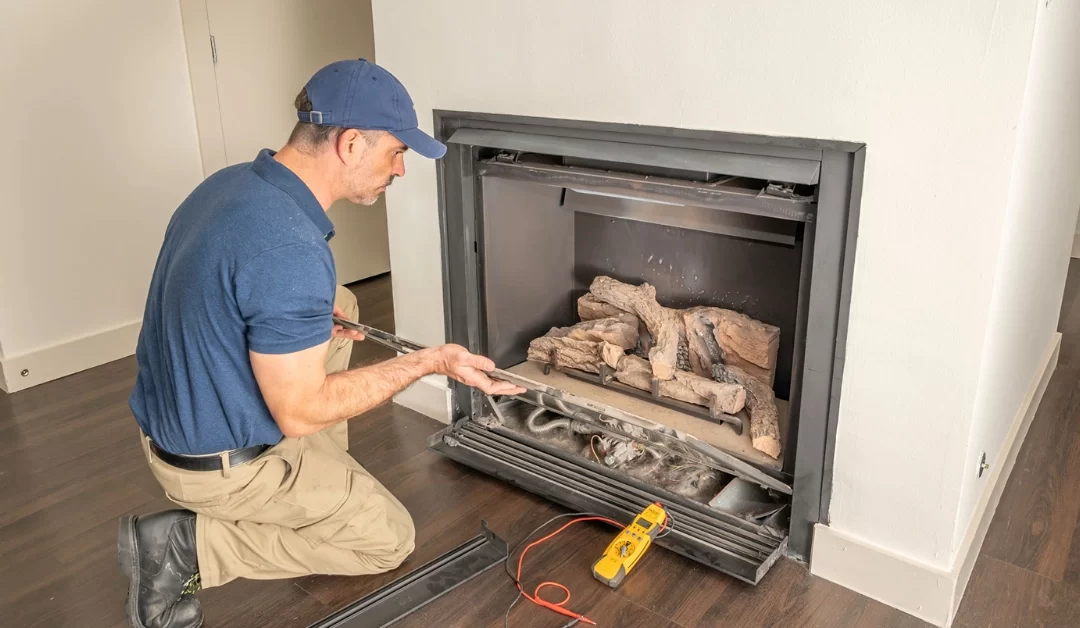DIY Chimney Cleaning Techniques: Taking Matters Into Your Own Hands
DIY chimney cleaning techniques involve homeowners performing cleaning tasks themselves without professional assistance. While these methods can be cost-effective, they require careful execution to ensure safety and effectiveness. It is recommended to research and follow proper guidelines to prevent potential risks associated with DIY chimney cleaning.
-
Gather Necessary Tools: Prepare a chimney brush, rods, a vacuum, drop cloths, and safety gear including goggles and a mask.
-
Remove Debris: Safely remove any loose debris from the firebox and hearth using a brush and dustpan.
-
Brushing the Flue: Attach rods to the chimney brush and brush the flue from the top down to dislodge creosote and soot buildup.
-
Vacuuming: Use a vacuum with a HEPA filter to collect dislodged debris and prevent it from spreading into your home.
-
Scrubbing the Firebox: Scrub the firebox walls with a wire brush to remove ash and residue.
-
Cleaning the Damper: Brush and vacuum the damper area to remove debris and ensure proper ventilation.
-
Inspecting for Damage: While cleaning, inspect for cracks, loose bricks, or signs of deterioration that may need professional attention.
-
Proper Disposal: Seal debris in a plastic bag and dispose of it properly to prevent spreading soot and creosote.
Remember, DIY chimney cleaning requires caution and proper equipment. If unsure or uncomfortable, it’s recommended to consult a professional chimney sweep for safety and thorough cleaning.
Tips for Maintaining a Clean and Efficient Chimney: Ensuring Longevity and Performance
Tips for maintaining a clean and efficient chimney include regular inspections, using quality fuel, and scheduling professional cleanings as needed. Keeping your chimney clean minimizes creosote buildup, enhances airflow, and reduces the risk of chimney fires. By following these tips, you can enjoy a safe and efficient fireplace experience while prolonging the life of your chimney system.




